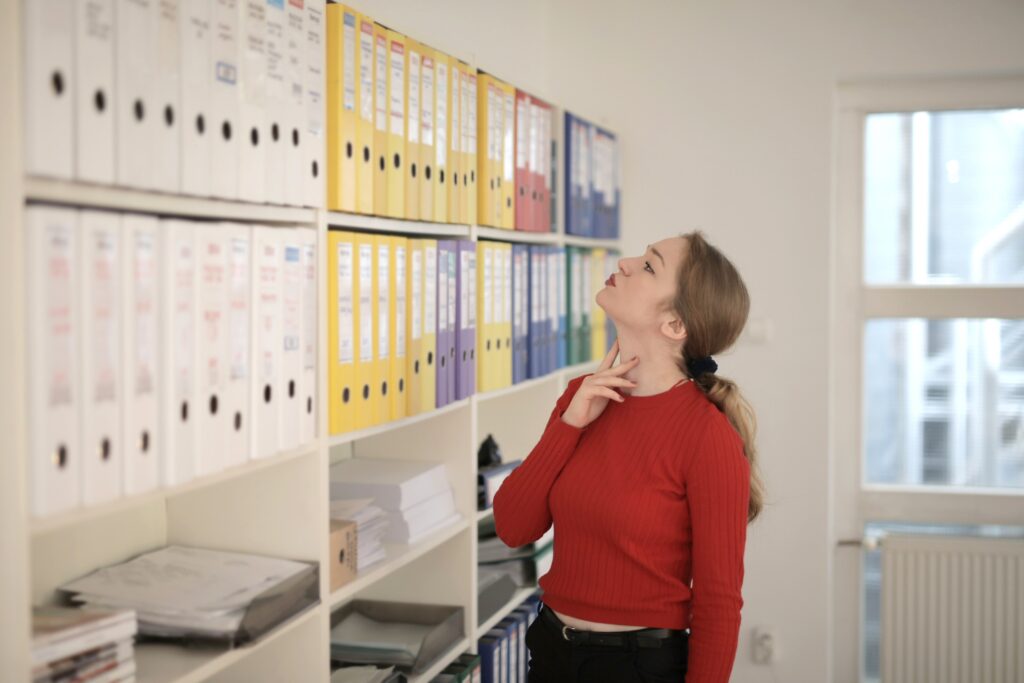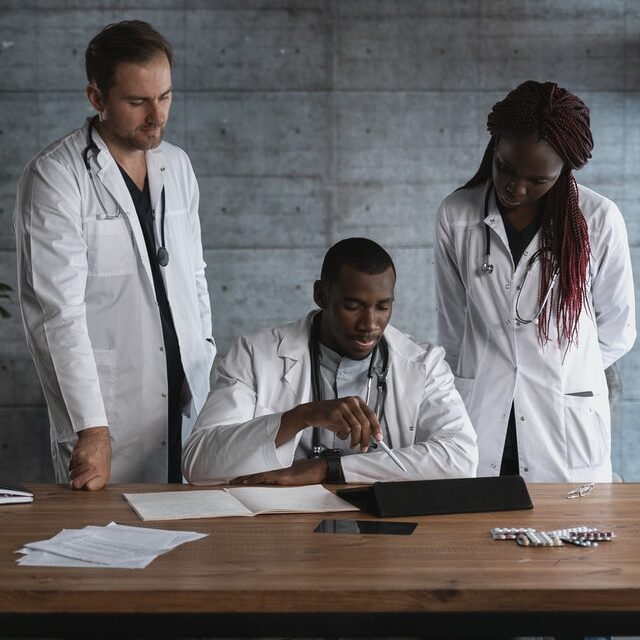
A corrective and preventive action (CAPA) plan is a set of steps done to address a compliance problem and, more significantly, to keep it from happening again. The immediate noncompliance and the broader nature of the problem will be the subject of a CAPA plan. It entails investigating the root cause and comprehending the problem, finding a solution, and ultimately avoiding recurrence. CAPA systems are important in clinical trials as it can be used to
- Address audit or inspection findings,
- Improve compliance and
- Reduce risk.
Importance of CAPA System in Clinical Trial Settings
During the clinical trial process, compliance to the GCP quality standard ensures that the information and drawn conclusions are credible and correct, as well as that the trial subjects’ rights, integrity, and confidentiality are safeguarded. The CAPA system ensures that the aforementioned conditions are met.
But how can we ensure that we are following the right steps? Read ahead about the phases of the CAPA system.
Phases in Implementation of the CAPA System
Before you start a clinical trial, keep in mind the following phases to implement a successful CAPA system.
- CAPA Initiation and Problem Identification: To begin the CAPA process, the problem identification and commencement phase needs recording the issue. The description should include who, what, when, where, why, and how many people were involved. A detailed report is favorable.
- Risk Analysis: A risk analysis should be conducted based on the risk to the patient, user, business, and compliance. CAPA deadlines should be determined by the outcomes of the risk analysis. Low-risk problems, obviously, will not have the same sense of urgency as high-risk problems.
- Correction: To prevent additional deviations or discrepancies, correction should be undertaken as early as possible. To identify if there are any systemic difficulties, the organization should examine linked processes and products.
- Root Cause Analysis & Investigation: The following are some of the most commonly used tools/methods for conducting investigations to find the underlying cause of a problem;
- Flowcharting
- Brainstorming
- Affinity diagrams
- Fishbone diagrams
- Corrective or Preventive Actions: Corrective and preventative activities are long-term strategies for resolving or eliminating the cause of a nonconformity or a possible nonconformity.
- Implementation: Corrective and preventative actions are initiated and implemented during the implementation phase to address the root cause or causes of a nonconformity. Procedural upgrades, training, and process improvements are just a few examples.
- Verification of Implementation or VOI: VOIs are used to ensure that promised and planned corrections, containment, corrective actions, and preventive actions were carried out.
- Verification of Effectiveness Plan (VOEP): The effectiveness plan phase establishes and defines preset criteria for determining whether corrective and/or preventive activities were successful.
- Verification of Effectiveness (VOE): The verification of effectiveness phase entails analysing and recording the VOE plan’s stated criteria. A successful effectiveness verification should show that the genuine root cause of the problem was correctly identified and that the remedial and/or preventive actions were helpful.
- Closure: This is the final step in the CAPA procedure. Only once the verification of efficacy has been satisfactorily performed should a CAPA be closed. If a CAPA is discovered to be unsuccessful, it is recommended starting a new one while referencing the old one.
Conclusion
CAPAs are required by regulations, standards, and guidelines by health authorities across the globe. Having a CAPA system in place assists a clinical trial by strengthening its market advantage, reducing unnecessary costs and improving processes if completed appropriately. To ensure that the process phases are clearly defined, each phase of a CAPA should be its own part on a form as an electronic workflow.
Struggling with creating effective CAPAs for your site or department? Contact us! We’d love to hear from you to discuss strategies!






